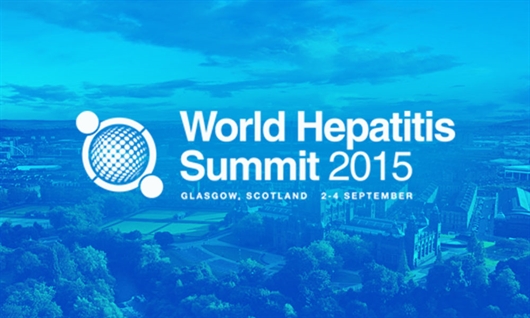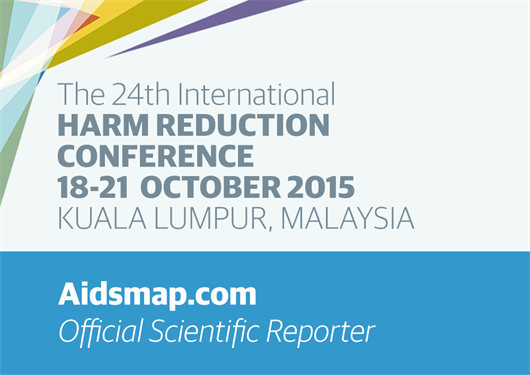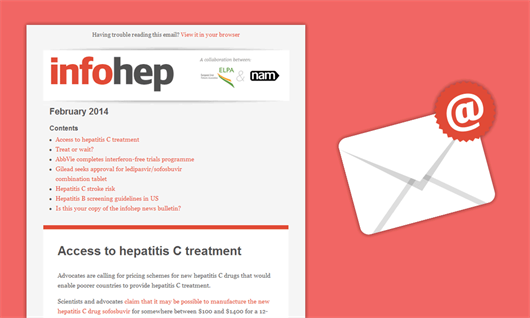
The World Hepatitis Summit took place in Glasgow, Scotland, 2-4 September. The Summit was designed to bring together policymakers, public health specialists and community advocates to build momentum towards the development of comprehensive national plans for control of viral hepatitis. The Summit was organised by the World Hepatitis Alliance and the World Health Organization in partnership with the Scottish government.
The World Health Organization (WHO) is calling for ambitious new global targets for diagnosis, treatment and cure of viral hepatitis, signalling a major increase in momentum towards elimination of viral hepatitis by 2030:
- 90% reduction in new cases of chronic hepatitis B and C by 2030.
- 65% reduction in hepatitis B and C deaths by 2030.
Modelling carried out by WHO shows that the targets could be achieved by:
- Increasing childhood hepatitis B vaccine coverage from 81% to 90% by 2020, and increasing coverage of birth-dose hepatitis B vaccine or other interventions to prevent vertical (mother-to-child) transmission of hepatitis B from 38% to 50% in 2020 and to 90% in 2030.
- Increasing the proportion of injections carried out safely worldwide from 5% today to 50% in 2020 and to 90% in 2030.
- Treating 5 million people with hepatitis B by 2020 and providing treatment for 80% by 2030.
- Treating 3 million people with hepatitis C by 2020 and providing treatment for 80% by 2030.
The modelling exercise also calculated the possible cost of achieving these targets, assuming that the cost of hepatitis C treatment can be brought down to US$200 per course of treatment in lower-income countries, $500 per course in middle-income countries and $10,000 per course in higher-income countries.
According to the preliminary model, the cost of viral hepatitis control would rise from $2 billion in 2016 and $8 billion in 2020, to just over $11 billion in 2025. Thereafter total costs would decline, to $9 billion in 2030, as harm reduction and hepatitis B treatment costs begin to go down.
The Summit also heard that the Medicines Patent Pool is interested in working to reduce the price of hepatitis C drugs through negotiating voluntary licences with pharmaceutical companies that would allow generic versions of hepatitis C drugs in lower- and lower-middle income countries. The developers of new drugs can agree a single voluntary licence with the Medicines Patent Pool covering a large number of lower-income countries. Generic manufacturers can then apply to use the patents in the Medicine Patents Pool to produce quality-assured versions of drugs, and to produce combinations of drugs in one pill. All companies which market antiretroviral drugs for HIV treatment have licensed at least some of their products to the Medicines Patent Pool. The organisation’s executive director said that if the Medicines Patent Pool began work on hepatitis C, its priority would be to negotiate deals that would allow generic manufacturers to develop a direct-acting antiviral combination that could be used to treat any genotype.
Daclatasvir, manufactured by Bristol-Myers Squibb, is active against hepatitis C genotypes 1-4. The Medicines Patent Pool says that its first priority in hepatitis C would be to negotiate a voluntary licensing agreement for daclatasvir that would allow generic manufacturers to produce the first pan-genotypic combination by combining it with sofosbuvir.




Connect with infohep on Facebook: Keep up to date with all the latest news and developments.
Follow infohep on Twitter for links to news stories and updates from infohep.org. Follow us at www.twitter.com/infohep.
Follow all the infohep news by subscribing to our RSS feeds.